Interesting Twin Facts You Didn't Know
2016.03.25
What do we know about twins other than they have a possibility of looking alike? Turns out, tons more. Here's checking out what science knows about them, from their looks, to DNA, fingerprints, and the likelihood of getting them.

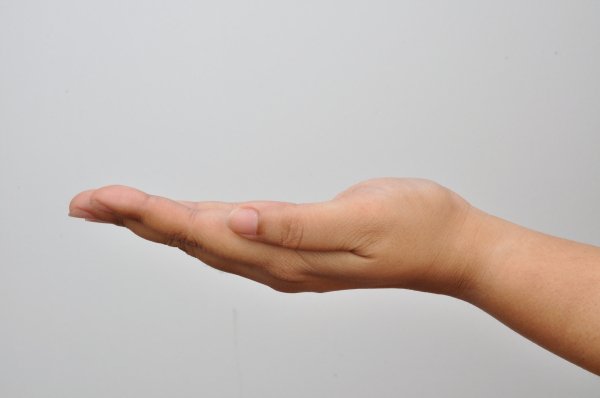
Twins that are exact reflections of each other are called “Mirror Image” Twins. They often develop directly facing each other, meaning they become exact reflections of each other.

Twins can live very similar lives. Even twins separated at birth have reconnected to learn their interests and careers are very similar.

wins can make master criminals because their DNA is 99.9% identical.
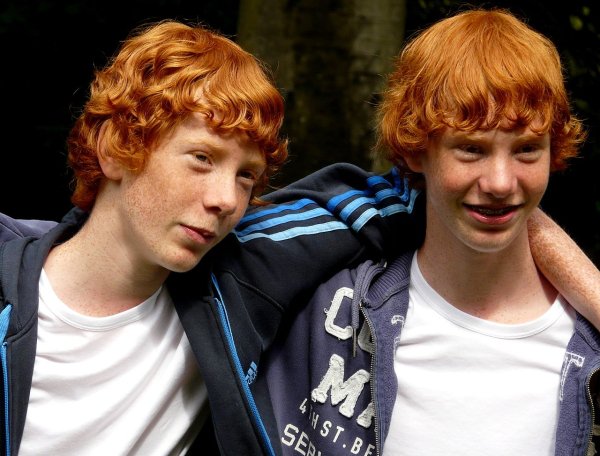
If two eggs are dropped by the woman in one month, two different men can fertilize them.
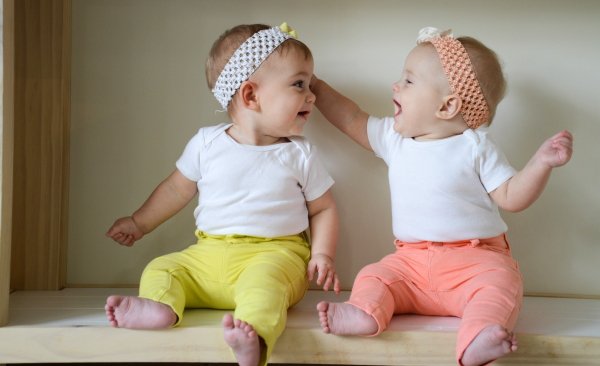
Identical twins do not have identical fingerprints.
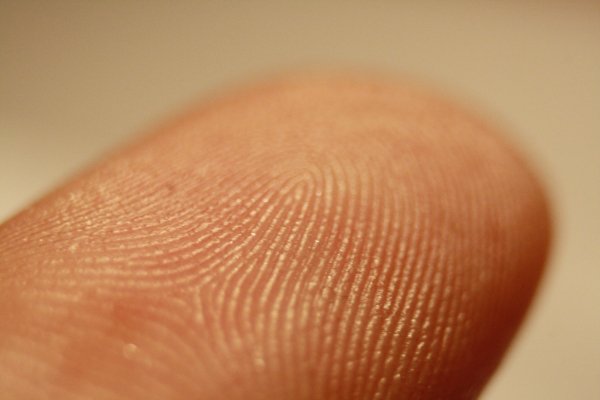
Being left-handed is twice as common in twins.

ople have more growth hormones and those hormones help increase the chances of twins.

Mothers who drink more dairy are more likely to give birth to twins.
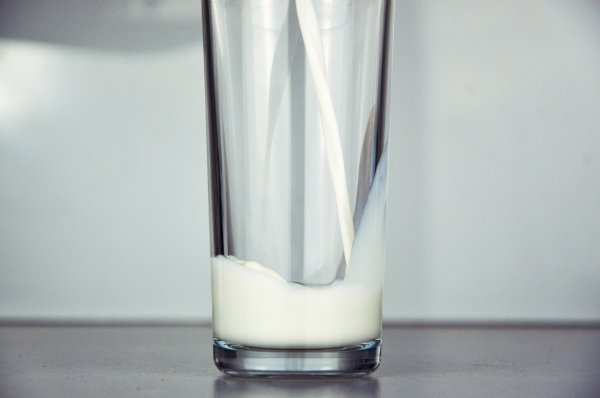
Twins start reaching for each other as early as 14 weeks.

A woman with a twin is more likely to give birth to twins.

Twins can be born weeks or even months apart.

If conjoined twins use the same thalamus, they can often see or hear using the other’s organs.
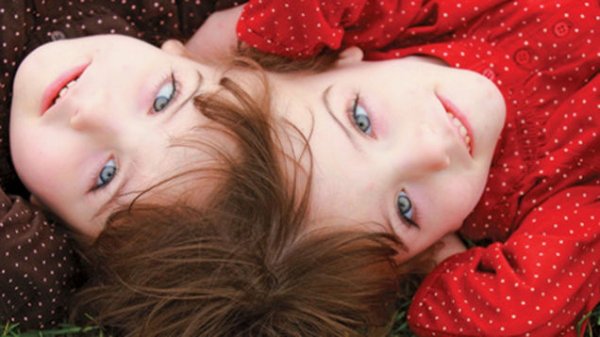
One of the easiest ways to tell twins apart is their belly buttons.
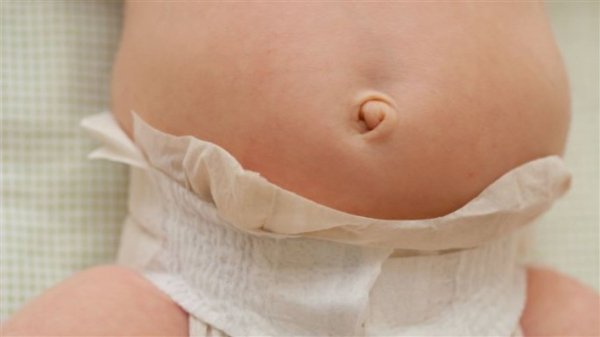
Mixed race couples can produce twins that are two different races.
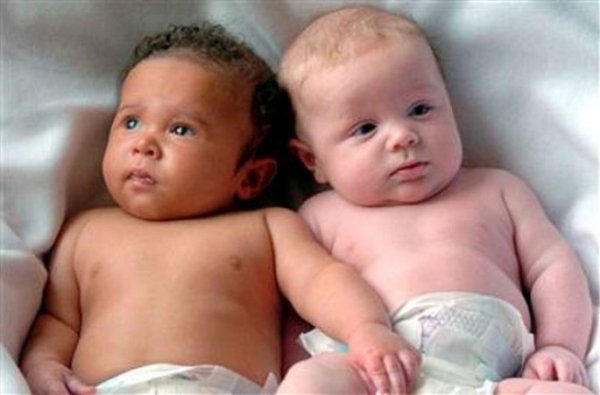
Imagine Male 1 and Male 2 are twins. So are Female 1 and Female 2. If Male 1 and Female 1 have kids together, and so do Male 2 and Female 2, then Pair 1’s offspring would obviously be considered the cousins of Pair 2’s offspring. But since they would have the same genetic material, they could all be considered siblings.

Mothers of twins often have longer lives than moms of individual kids.

More Articles
Copyright © Fooyoh.com All rights reserved.